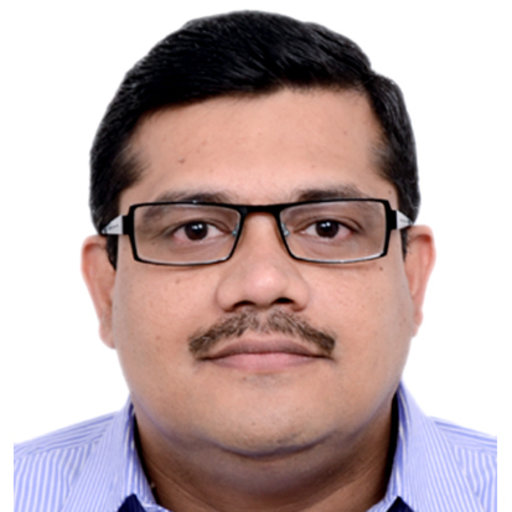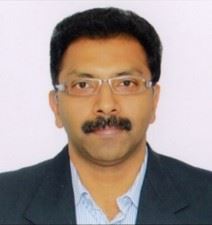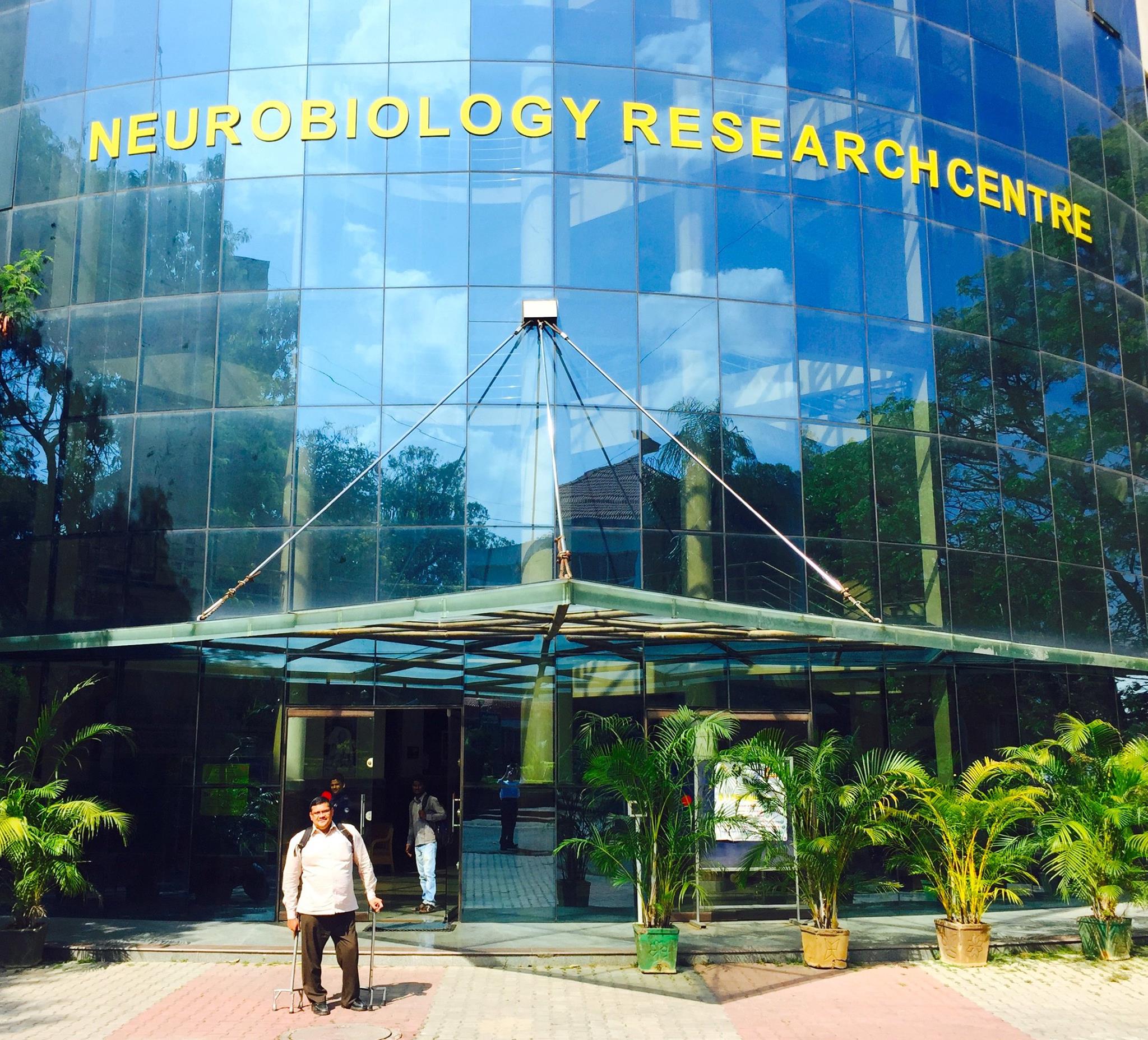India
INTERNATIONAL PARTNERSHIPS
Pioneering neuroscientists at the National Institute of Mental Health & Neuro Sciences (NIMHANS) in Bangalore, India, have begun to develop large-scale Indian biobanks with the potential to uncover pivotal insights about global health threats, such as Alzheimer’s disease, and factors that delay its clinical progression. NIMHANS is a leading center for neuroscience in India, and has contributed actively to the ENIGMA-OCD working group.
We recently submitted a proposal called the India ENIGMA Initiative for Global Aging & Mental Health - a globally coordinated study of brain aging and Alzheimer’s disease, created in response to the NIH FOA, Global Brain and Nervous System Disorders Research Across the Lifespan to compare profiles of brain aging between cohorts in India and across the world. Our overall goal is to identify predictive markers in the blood, genome, and epigenome that influence brain aging in India, to better understand prognosis, and to support personalized risk evaluations on each continent. We plan to identify etiological pathways to resilience using the rich biobanking strategy developed by our partners at NIMHANS in India.
OUR COLLABORATORS
Ganesan Venkatasubramanian, MD, PhD
NIMHANS, Bangalore
Ganesan Venkatasubramanian, MD, PhD, is a Professor of Psychiatry, and works at NIMHANS providing complementary expertise in genomics, proteomics, and plasma biomarkers of aging, He has pioneered the use of immune system biomarkers in understanding the neurobiology of schizophrenia and dementia (Venkatasubramanian 2007, Kalmady 2013, Rao 2015, Narayanaswamy 2017).
John P John, MD
NIMHANS, Bangalore
John P John, MD, is a Professor of Psychiatry and Head of the Department of Clinical Neurosciences at NIMHANS in Bangalore. Dr. John developed the first large-scale cohort study of AD, MCI, and normal aging in India to incorporate multimodal neuroimaging (MRI, rsfMRI, dMRI; Bagepally 2013, Balachandar 2014, Bharath 2017).

Yearly Income and Lifespan rate change in India from 1800 to 2018 (data from
Gapminder.org)




